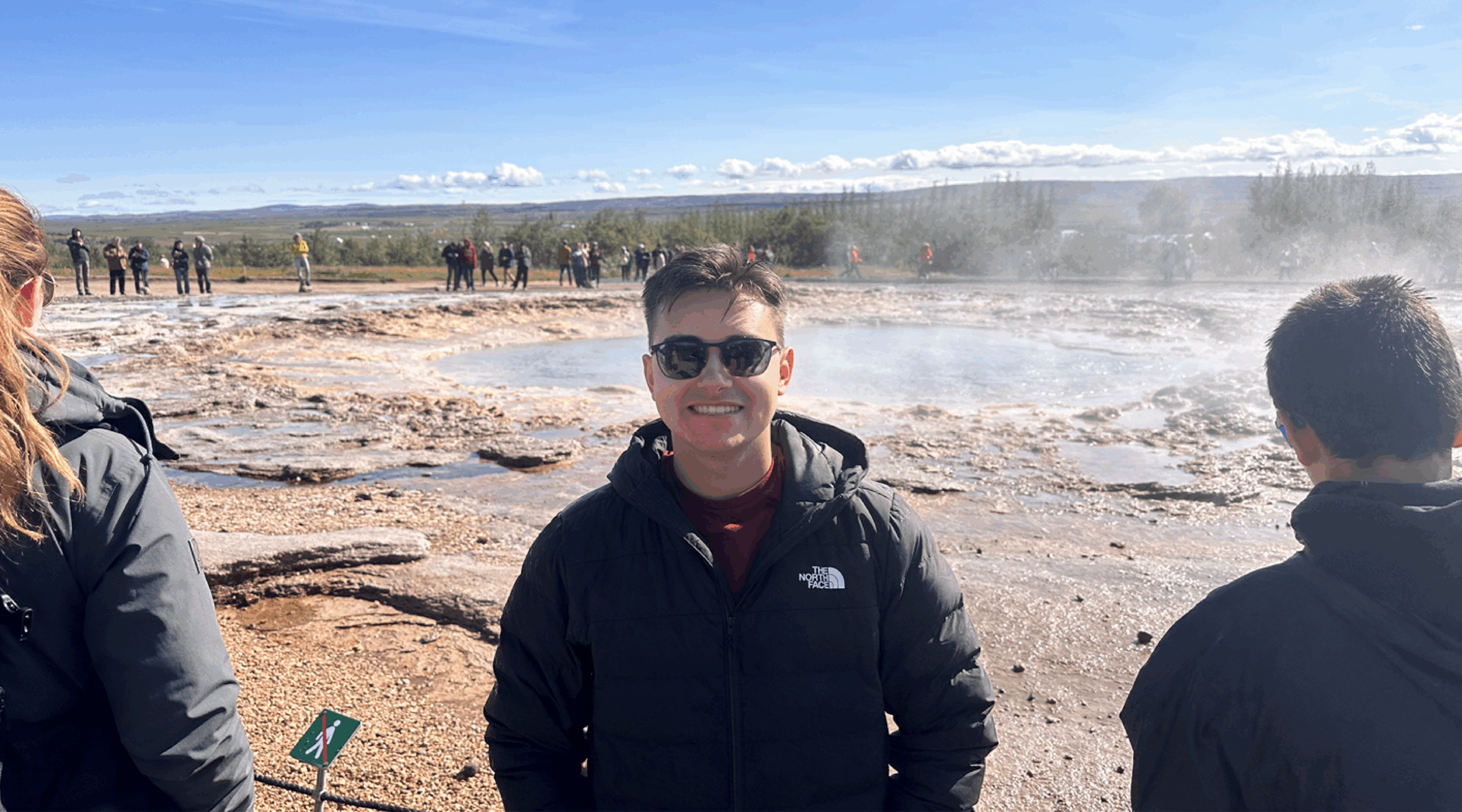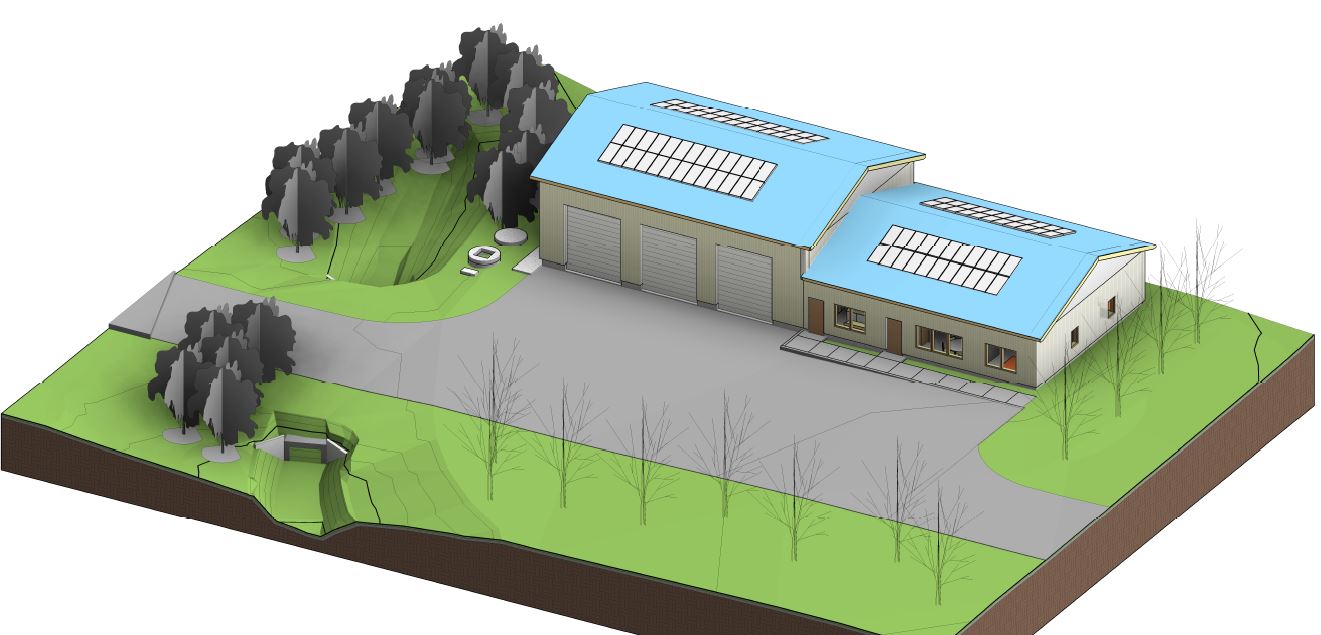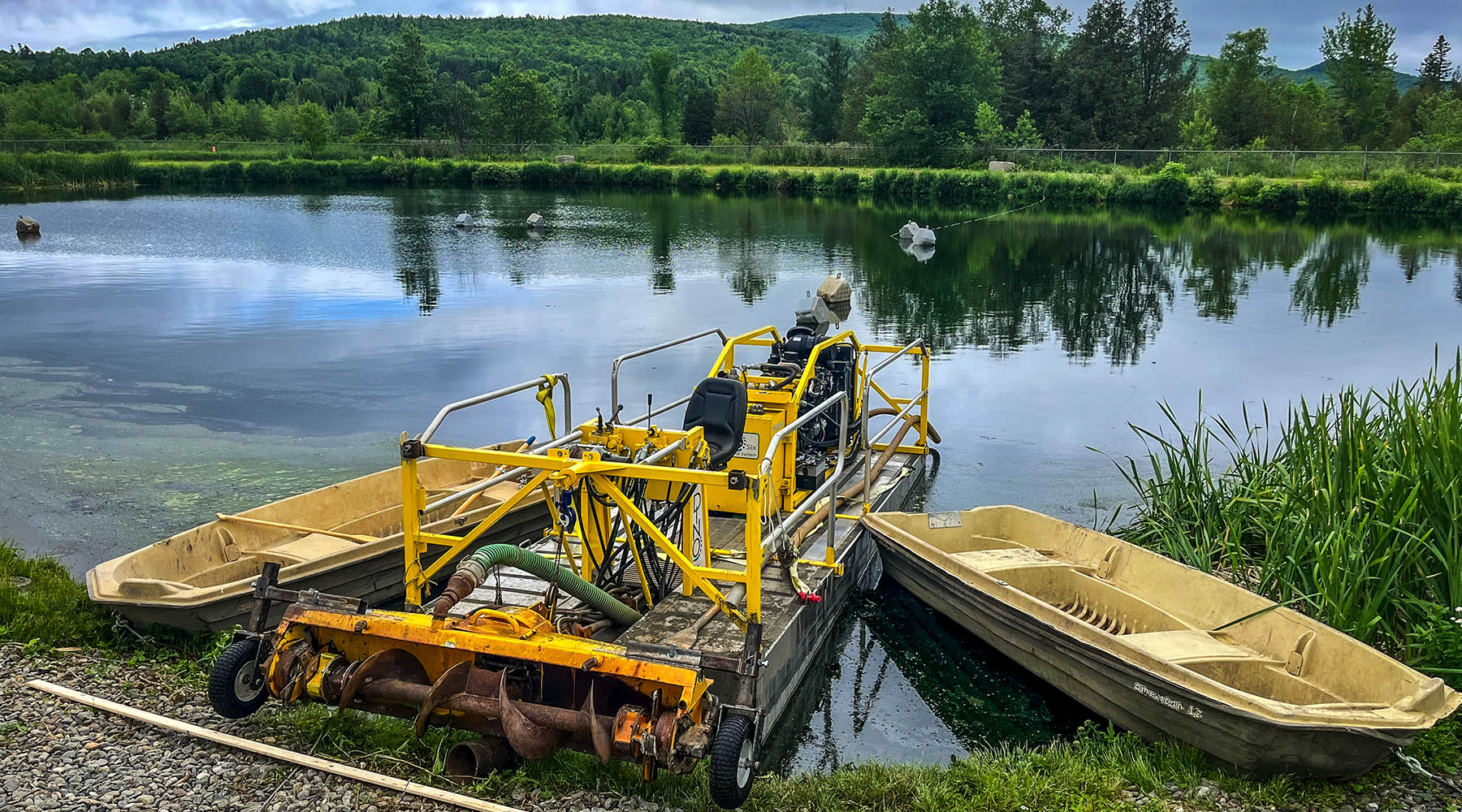Winter is officially here, which means icy temperatures, snow days and longer nights. This time of year we all pay a little closer attention to the weather and in particular, how it could potentially affect driving conditions. The idea that pavement temperature directly corresponds to air temperature is a common misconception and is in fact only one of several factors that needs to be taken into consideration. Air and pavement temperatures can differ by several degrees. The difference is critical in predicting and preparing for black ice, which poses a serious threat to all motorists each year because of the difficulty it takes to identify.
Forecasting pavement temperatures and conditions is difficult but not impossible. When predicting conditions, four major factors are considered: air, sun, moisture, and the amount of heat beneath the pavement.
Air:
According to the Law of Thermodynamics, every object is in a constant state of temperature change. If you place a cold object in a warm room, the temperature of that object will steadily increase; if you place a warm object in a cold room, the temperature of the object will decrease. If you hold the temperature of the room constant, the object will adjust accordingly until it reaches room temperature. Roadways are no exception to this rule. However, the balance of heat is a gradual process and the speed by which it occurs is heavily dependent on several factors, such as surface area, density and material. For example, in the event of a temperature drop, a bridge (which is exposed to the air on all four sides and made of metal and concrete) will cool faster than the street, with only one surface area exposed to the air.
Below the Pavement:
It’s easy to forget what isn’t out there in the open for us to see. Half of the pavement surface area is affected by the ground beneath it, so subsurface temperatures play an equally important role when considering pavement temperature.
In the fall, the pavement is usually warmer than the air because the subsurface temperatures are still cooling down from the summer months.
In the spring the air is warmer than the pavement because a lot of the ground is still thawing from months of below freezing temperatures.
During a snowstorm the air is below freezing; snow may accumulate but if the ground underneath is warmer than the outside air, the snow will melt.
In addition, rain falling on pavement atop freezing subsurface temperatures may be enough to freeze over the roads.
While this general information is good to know as a guideline, accurate subsurface temperatures can only be measured with a Road Weather Information System (RWIS) installed by the department of transportation. Therefore, it is best to be cautious on the roads when seasons are changing, especially if you’re in a new area.
Sun:
Even in the winter, the sun still has a huge influence on pavement temperatures. It is so powerful, in fact, that a cloudy day can cause a decrease in the pavement temperature by 10 degrees. Despite cold and miserable weather conditions the pavement is constantly being affected by solar radiation. When dealing with the effects of radiation, a meteorologist considers elevation as an additional factor. Higher elevation means closer proximity to the sun and increased exposure to radiation.
Moisture:
Rain, snow and water vapor are the three forms of moisture in the atmosphere. Just like cooler temperatures, rain and snow typically cool down the surface of the pavement. The harder the rain or snow falls the faster the pavement will cool down.
Out of the three forms, water vapor is the most difficult form of moisture in the atmosphere to measure, because you cannot visibly see it. The most commonly accepted form of measuring water vapor in the air is dew point; the temperature below which water condensation occurs. The greater the difference between dew point and the air temperature, the drier the air. We know from the water cycle that once rain falls, it will evaporate back into the air. Evaporation requires heat to occur and there is heat in the pavement. Therefore, the drier the air, the faster evaporation will occur and in conclusion the faster the pavement will cool.
Finally, it is important to understand how air temperature and moisture come together in the formation of black ice. A dangerous misconception is that it needs to be snowing or raining for black ice to occur. Black ice usually occurs when the dew point and air temperatures converge. At this point, the air can no longer hold the moisture, so it condenses onto the pavement. Black ice can also occur when the air temperature is below zero but is warmer than the pavement temperature — requiring only that the pavement temperature is below freezing.
As we have already stated, predicting pavement temperature is complicated. Predicting the air temperature for 5:00 pm tomorrow is already a difficult task. If they predict the air temperature incorrectly, it automatically throws off the accuracy of the pavement temperature prediction. In addition, there are a variety of other factors that change quickly and with less notice (air temperature, precipitation, clouds, thickness of the pavement, etc.). That’s why we rely so heavily on site specific RWIS technology for the most accurate prediction of pavement temperature. State DOTs rely heavily on these pavement forecasts to determine when to pretreat roads, when to schedule crews, and how much material will be required throughout the duration of the event in order to ensure your safety.
Despite predictions and precautions, dangerous winter storm conditions are not 100% preventable. Stay safe this winter and listen to winter weather advisories. Even if there is no snow, black ice is a real possibility.










